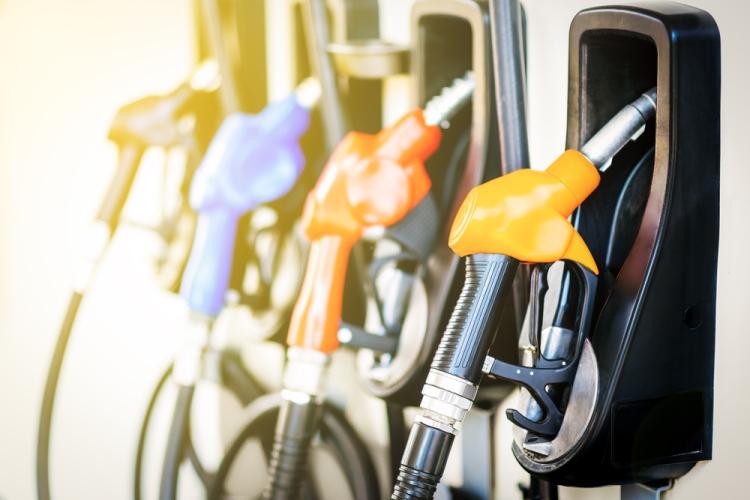How to Fix Frozen Gas Line in your Car
When you are dealing with frozen gas lines, it is unlikely that the gasoline actually froze. Gas requires temperatures to get exceptionally cold before freezing, so it is normally the water and water vapor that freezes first. As the water vapor freezes, it prevents the gasoline in the fuel line from reaching the engine. This means that you end up with a vehicle that is impossible to drive until you fix the frozen gas line.

Preventing Frozen Fuel Lines
Ideally, you will want to prevent your fuel lines from freezing in the first place. You will want to start by keeping your battery fully charged. When the gas lines freeze, people normally try to start the engine multiple times before realizing that the line is blocked. If you do not have a full battery charge, you will end up unable to start your battery.
Ethanol fuel can prevent freezing because it is uniquely able to absorb water. In addition to using ethanol-based fuel in the winter, you will want to keep your fuel tank as full as possible. This prevents freezing because there is less space for water vapor to develop and freeze. You can also add a thawing additive that absorbs water to keep the gasoline from freezing.
Bring the Vehicle Inside
If your gas lines have already frozen, your first step is to bring your car into the garage. As long as your garage is warm and dry, it will help the vehicle to warm up. It might take a few hours for the gas lines to adjust to the new temperature, but they will ultimately end up unfreezing. If you need to speed the process up, you can always turn on some electric or kerosene heaters in the garage. Face them toward the vehicle and allow up to an hour for the fuel lines to warm up completely.
Add Gasoline
When your car is running close to empty, it allows extra space in the fuel lines for water vapor to develop. If you think that your fuel tank may be running low, you can try adding a couple of gallons of gasoline to the tank. This can help warm up the average temperature inside the gas lines and can prevent it from freezing again.

Use Antifreeze Treatments
Most automobile parts stores will carry fuel additives that can prevent freezing. If you have one of these antifreeze treatments on hand or can get to the store, you should add two or three bottles to your tank. After several hours, the antifreeze will fully mix in with the gasoline and unfreeze your fuel lines. If you are pressed for time, try rocking the vehicle back and forth. This will help the antifreeze to instantly mix with the gasoline and can speed up the unfreezing process.
Put a Heat Source Under Your Vehicle
Although moving your car into the garage is the best choice, it is not always an option. If you cannot put your vehicle in a heated garage, you can go with the next best option and bring the heater to the car. Place a heat source under the hood or directly under the vehicle. You should make sure to do this carefully since your vehicle is a source of numerous flammable materials. Once the heat source has been placed, it will take several hours to heat up the fuel lines enough to unfreeze them. To prevent the weather from freezing the lines again, you may want to cover up the lines with towels or cloth rags as you finish heating each section.
When prevention is not possible, these steps will help to treat a frozen gas line. You may use one or multiple options depending on the materials that you have on hand. Once your fuel line is unfrozen, prevent it from freezing in the future by using antifreeze and keeping your gas tank full.





